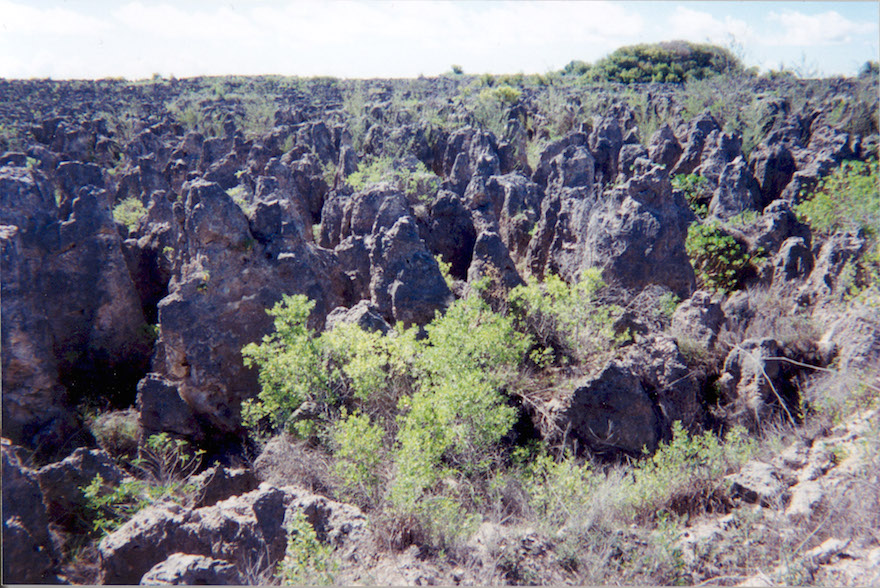BONN (IDN) – 2.6 billion people depend directly on agriculture, but 52 per cent of the land used for agriculture is moderately or severely affected by soil degradation. Land degradation is affecting at least 1.5 billion people worldwide.
Due to drought and desertification each year 12 million hectares are lost (23 hectares per minute), where 20 million tons of grain could have been grown. 74 per cent of the poor are directly affected by land degradation globally.
These figures underline that land is a crucial issue as the international community begins to implement the 2030 Agenda for Sustainable Development that has set itself 17 Goals. Goal 15 focuses on the need to “sustainably manage forests, combat desertification, halt and reverse land degradation, halt biodiversity loss.”
The urgency of combating desertification is highlighted by the fact that land resources play a crucial role: from the food we eat, to the clothes we wear and the houses we live.
In order to “leave no one behind” as proclaimed in the SDGs, achieving land degradation neutrality needs to be in the forefront to meet our requirements and develop sustainability, says the UN Convention to Combat Desertification (UNNCD) secretariat in Bonn.
“Protect Earth. Restore Land. Engage People.” This is the slogan for this year’s World Day to Combat Desertification to be held on June 17. With this in view, UNCCD Executive Secretary Monique Barbut is calling for solidarity from the international community with the people who are battling the ravages of drought and flood.
“Let us find long-term solutions, not just quick fixes, to disasters that are destroying communities,” UNCCD quoted her saying in a press release on February 22.
The droughts and floods beating down on communities in many parts of the world are linked to the current El Niño, which is expected to affect some 60 million people by July.
In some areas, including in North Eastern Brazil, Somali, Ethiopia, Kenya and Namibia, the El Niño effects are coming on the back of years of severe and recurrent droughts. It is impossible for households that rely on the land for food and farm labor to recover, especially when the land is degraded.
What’s more, says UNCCD, these conditions do not just devastate families and destabilize communities. “When they are not attended to urgently, they can become a push factor for migration, and end with gross human rights abuses and long-term security threats.”
“We have seen this before – in Darfur following four decades of droughts and desertification and, more recently, in Syria, following the long drought of 2007-2010. It is tragic to see a society breaking down when we can reduce the vulnerability of communities through simple and affordable acts such as restoring the degraded lands they live on, and helping countries to set up better systems for drought early warning and to prepare for and manage drought and floods,” Barbut said.
She made the remarks when announcing the plans for this year’s World Day to Combat Desertification. She added: “I hope that World Day to Combat Desertification this year marks a turning point for every country. We need to show, through practical action and cooperation, how every country is tacking or supporting these challenges at the front-end to preempt or minimize the potential impacts of the disasters, not just at the back-end after the disasters happen.”
The United Nations General Assembly designated June 17 as the observance Day to raise public awareness about international efforts to combat desertification and the effects of drought.
UNCCD Executive Secretary thanked the Government and People of China, for offering to host the global observance event, which will take place at the Great Hall of the People in Beijing.
“China has vast experience in nursing degraded lands and man-made deserts back to health. This knowledge can and should benefit initiatives such as Africa’s Great Green Wall, the re-greening in southern Africa and the 20 X 20 Initiative in Latin America. We can create a better, more equal and climate change-resilient world,” she noted.
In 2013, China embarked on the new development strategy, “The Belt and Road,” aiming to strengthen cooperation among countries primarily in Eurasia. Since then, it has been promoting green and low-carbon infrastructure construction in cooperation with the neighbouring countries connected by the historic Silk Road.
On June 17 China is expected to announce “One Belt and One Road Joint Action to Combating Desertification Initiative” together with interested countries and stakeholders.
Barbut called on ”countries, the private sector, foundations and people of goodwill to support Africa when the countries meet later in the year to develop concrete plans and policies to pre-empt, monitor and manage droughts”.
The 2016 World Day campaign is also advancing the Sustainable Development Goals. adopted in September last year. The Goals include a target to achieve a land degradation-neutral world by 2030. That is, a world where the land restored back to health equals to, or is more than, the amount degraded every year. [IDN-InDepthNews – 22 February 2016]
IDN is flagship of the International Press Syndicate.
Photo: Serious land degradation in Nauru after the depletion of the phosphate cover through mining. Credit: Wikimedia Commons

